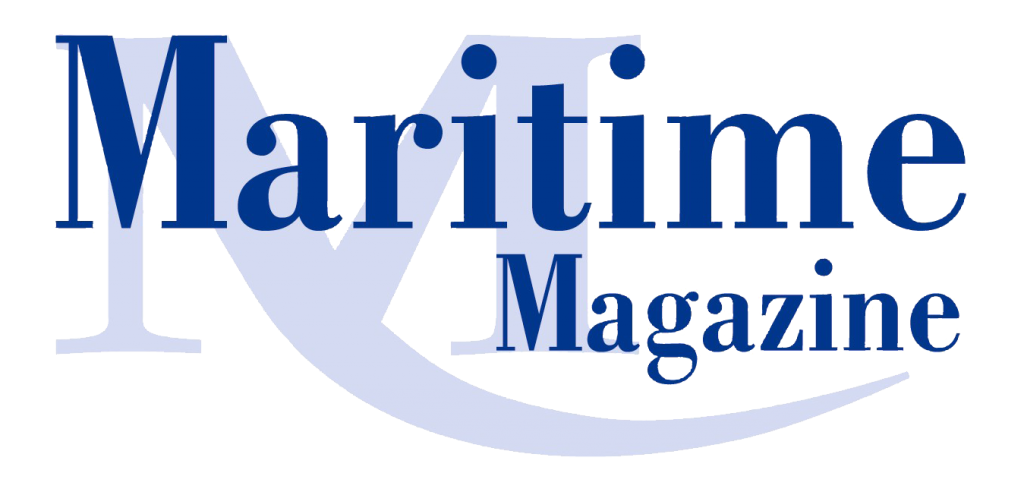Due to the evolution of water levels on Lake Ontario, the Canadian and U.S. St. Lawrence Seaway authorities announced later opening dates in 2020 than 2019 for commercial navigation on the Welland Canal and the Montreal-Lake Ontario section. The decision drew rapid criticism from the Chamber of Marine Commerce (CMC).
The opening dates are respectively March 24 (versus March 22) for the Welland Canal and April 1 (versus March 26) for the MLO section. Opening of the Sault Ste. Marie Locks and Canals is currently scheduled for March 25. The North American waterway handled 38 million metric tons of cargo in 2019, compared with 41 million tons in 2018.
The opening of the navigation season in the Montreal-Lake Ontario (MLO) section of the St. Lawrence Seaway has been delayed to April 1 to allow more outflow from Moses-Saunders dam to lower Lake Ontario water levels, remarked the CMC. With little ice coverage, the MLO section of the St. Lawrence Seaway could have opened as early as March 20. As many as 100 ship transits could have moved during that 12 days, the CMC asserted.
“We’re very disappointed with this delay. It’s time for politicians to start working with all the affected residents, businesses and shipping stakeholders on smart, effective solutions for high water levels. Delaying, shutting down or interrupting American, Canadian and international trade on the St. Lawrence Seaway and further damaging the economy and our nations’ global trading reputation should never be an option,” said Bruce Burrows, President and CEO of the Chamber of Marine Commerce. “This dam is a very limited tool that does not solve this problem. We need to work together to develop a much broader, holistic resiliency plan that looks at every avenue including flood zoning, shoreline resiliency and infrastructure investments.”
“The Seaway Corporations have been working with the International Joint Commission (IJC) and the International Lake Ontario-St. Lawrence River Board (ILOSLRB) to monitor Lake Ontario water levels and forecasts for flooding around Lake Ontario this year,” explained a Seaway Notice to Mariners.
“Based on the current conditions and forecasts provided by the ILOSLRB, the majority of benefits of lowering Lake Ontario levels by maintaining outflows above those safe for navigation in the Montreal / Lake Ontario Section of the Seaway occur before April 1, 2020.
“After that date, the benefits for lowering Lake Ontario by maintaining outflows above those safe for navigation are significantly reduced. Due to the dry conditions experienced in February thus far and the record outflows that the ILOSLRB has been able to maintain this winter, the probability of Lake Ontario being above flood levels has decreased and is now only approximately 35 percent. Beginning April 1, the Seaway Corporations will continue to work with Mariners to ensure the safety of navigation under outflows prescribed by the IJC and ILOSLRB.”
Allowable Drafts
In the Montreal / Lake Ontario Section, the maximum allowable draft will be 80.0 dm (26′ 3″). The maximum draft will be increased to 80.8 dm (26′ 6″) for all vessels when the South Shore Canal is icefree and when water levels throughout the Montreal/Lake Ontario section are favorable.
In the Welland Canal, a maximum allowable draft of 80.8 dm (26′ 6″) will be in effect from the start of the navigation season for all vessels. Vessels equipped with an approved and operational draft information system will be permitted to transit at a draft of up to 7cm above the maximum allowable draft.
Mariners are reminded that for ships loaded to a draft greater than 80.0 dm (26′ 3″), speeds will be monitored carefully between St. Lambert Lock and St. Nicolas Island. (photo Paul Beesley)




